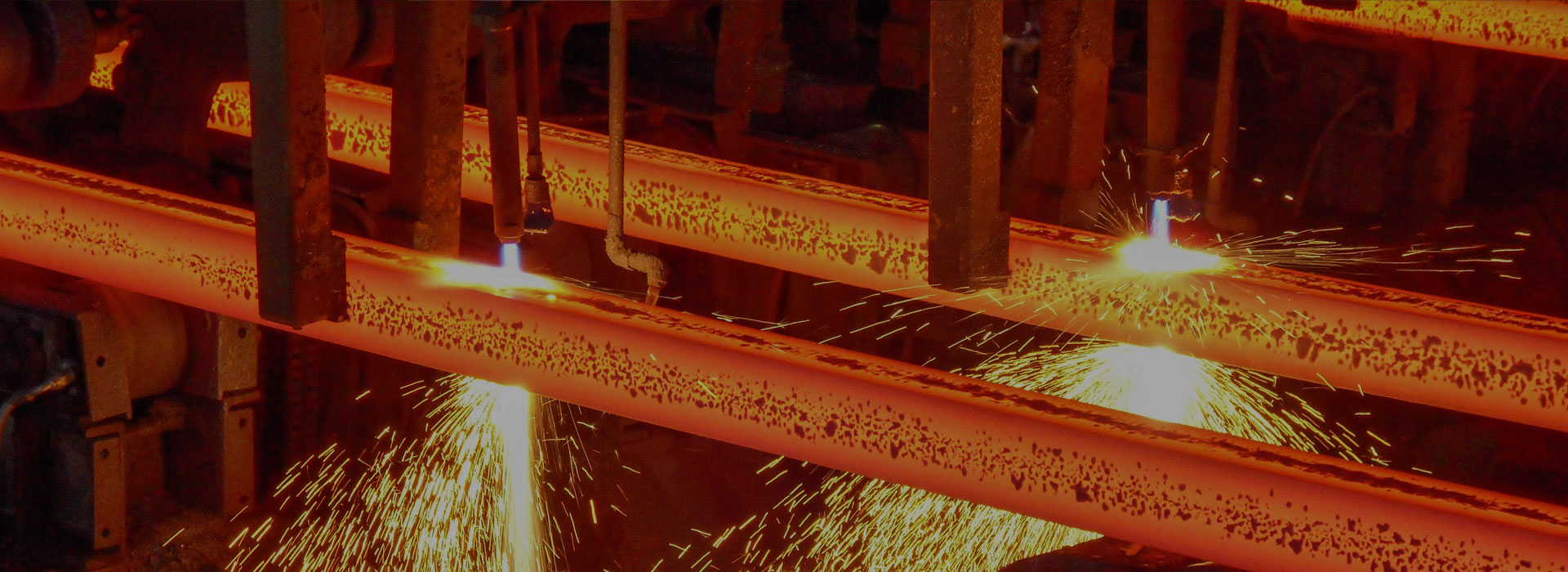Ductile Cast Iron Hardness Requirements
2023-11-07
Ductile cast iron is a type of iron that is widely used in various industries due to its excellent mechanical properties, such as high strength, toughness, and wear resistance. However, the hardness of ductile cast iron is also an important factor that affects its performance. In this article, we will discuss the hardness requirements for ductile cast iron.
Hardness is a measure of a material's resistance to deformation, indentation, or scratching. In the case of ductile cast iron, the hardness is mainly determined by the microstructure of the material, which is influenced by the chemical composition and the casting process. The most common method to measure the hardness of ductile cast iron is the Brinell hardness test, which involves applying a load to a spherical indenter and measuring the diameter of the resulting indentation.
The hardness requirements for ductile cast iron depend on the specific application and the desired performance characteristics. In general, ductile cast iron should have a minimum hardness of 180 HB (Brinell hardness) to ensure adequate strength and wear resistance. However, some applications may require higher hardness values, such as 220 HB or even 260 HB, to meet the performance requirements.
The hardness of ductile cast iron can be controlled by adjusting the chemical composition and the casting process. For example, increasing the carbon content can increase the hardness, but it may also reduce the ductility and toughness. On the other hand, adding alloying elements such as chromium, molybdenum, or nickel can improve both the hardness and the toughness. The casting process can also affect the microstructure and the resulting hardness, such as the cooling rate, the mold material, and the pouring temperature.
The hardness requirements for ductile cast iron depend on the specific application and the desired performance characteristics. A minimum hardness of 180 HB is recommended for most applications, but higher values may be required for more demanding conditions. The hardness can be controlled by adjusting the chemical composition and the casting process, but it should be balanced with other mechanical properties to ensure optimal performance.




